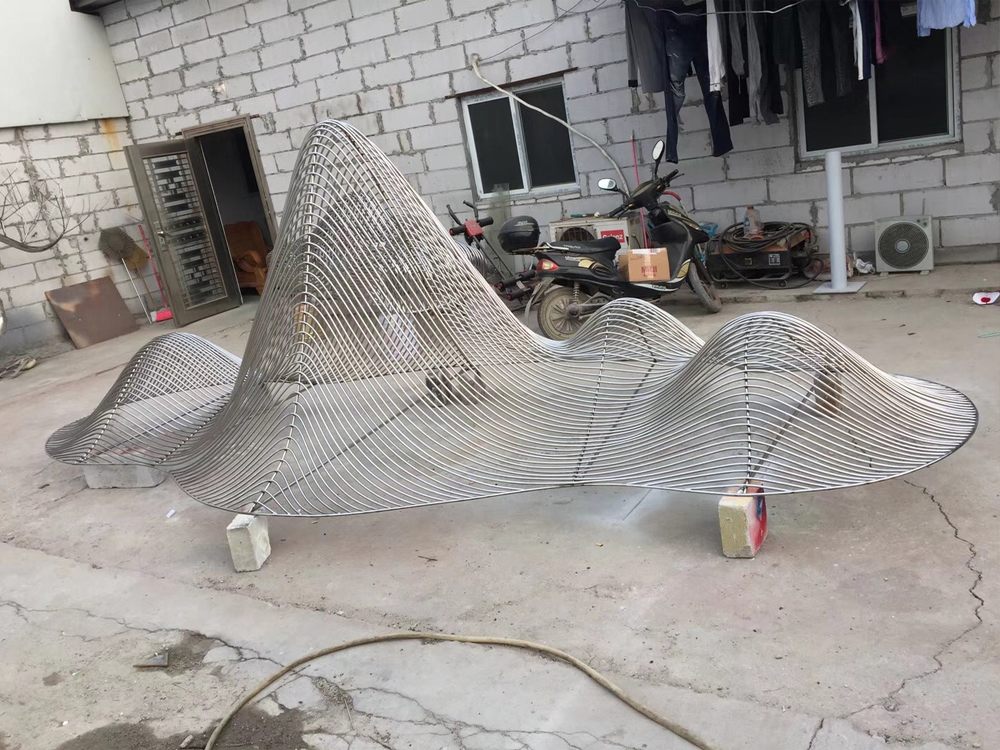
Wood carving has long been a cornerstone of architectural ornamentation, adding intricate details and timeless beauty to structures worldwide. Among the most common techniques, relief carving stands out, where designs are carved into a flat wooden surface, creating a raised or recessed pattern. This method is often seen in decorative panels, moldings, and door frames.
Another popular technique is chip carving, which involves removing small chips of wood to create geometric or floral patterns. Its precision makes it ideal for embellishing furniture and cabinetry. Whittling, a simpler form of carving, is often used for smaller decorative elements like finials and brackets, offering a handcrafted charm.
For more elaborate designs, pierced carving (or openwork) is employed, where portions of the wood are entirely cut away to create lace-like effects, commonly found in screens and railings. Lastly, incised carving involves shallow cuts to outline designs, perfect for adding subtle texture to beams and columns.
Each technique brings unique character to architectural woodwork, blending artistry with functionality. Whether for historical restoration or modern craftsmanship, mastering these methods ensures stunning, enduring results.

